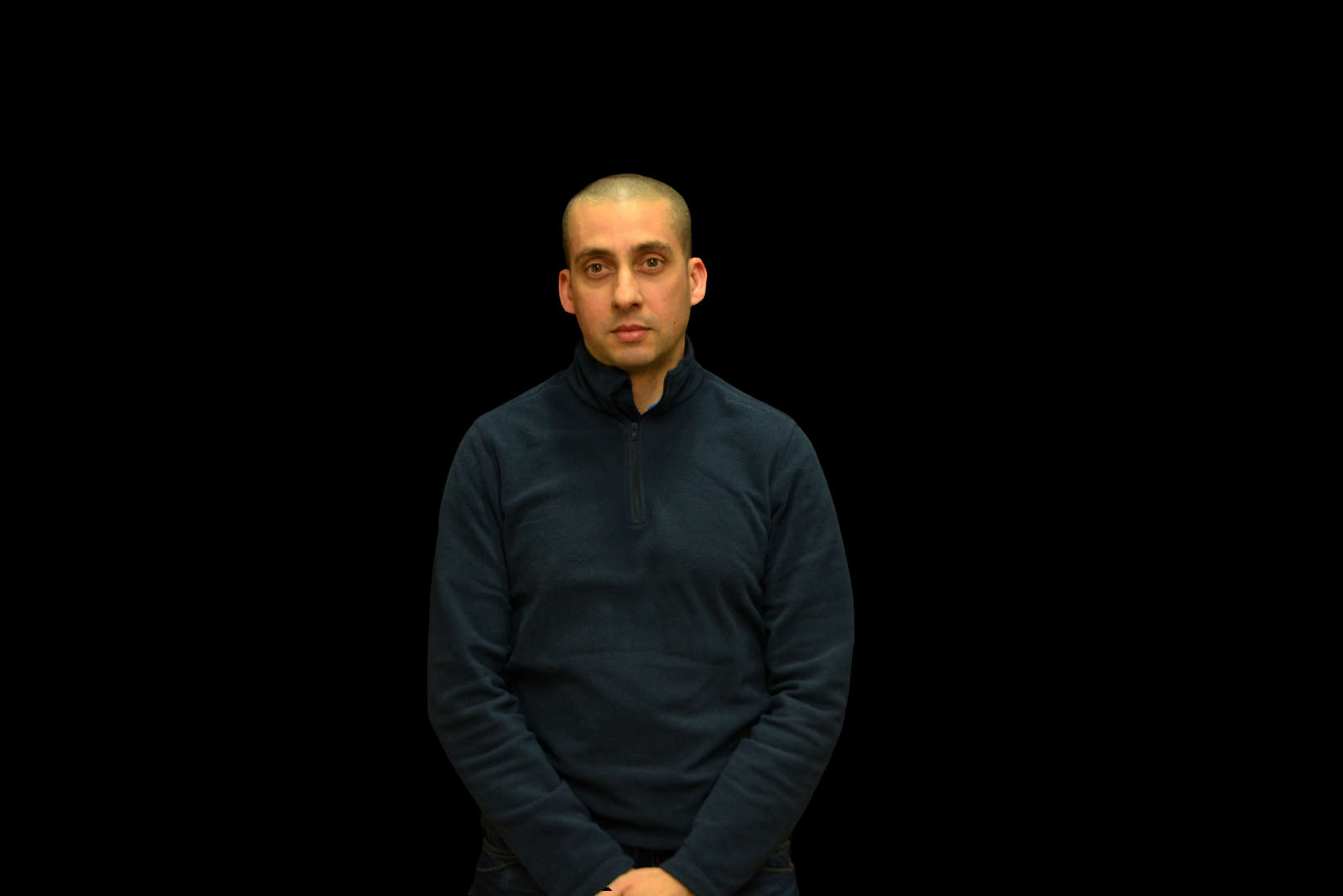Sobre
Ricardo Henriques, integra o INESCTEC desde 2000, onde é investigador auxiliar no Centro de Sistemas de Informação e Computação Gráfica. As suas áreas de investigação abrangem arquiteturas de sistemas e desenvolvimento de sistemas de informação geoespaciais, baseados em normas do OGC (Open Geospatial Consortium), desenho e implementação de serviços e aplicações em ambientes remotos (Cloud-PT), com implementação no âmbito de projetos internacionais e nacionais (em destaque, eCAALYX, ICT4Depression, eCompared, StopDepression, e NEWSAT). Full-stack developer em múltiplos projetos, das quais destaco a aplicação web eVote, onde foi ainda responsável pela arquitetura do sub-sistema de encriptação e contagem de votos (empregue nas eleições de 2020 e 2023, Ordem dos Arquitetos). Tem desenvolvido projetos relevantes em instituições e empresas, como: a Sociedade Porto2001, Metro do Porto S.A., CDOS Porto, CM-Maia, PT-INOV, entre outras. Possui a licenciatura em Matemáticas e Ciências de Computação, pela Universidade de Minho, 1996, e mestrado pré-Bolonha, em Arquiteturas Paralelas, Comunicações Computacionais e Sistemas Operativos Distribuídos, 2004. A partir desse ano exerce, acumula funções de docente, como professor assistente, no antigo ISMAI, e a partir de 2015 no atual Instituto Politécnico da Maia, enquanto especialista.


